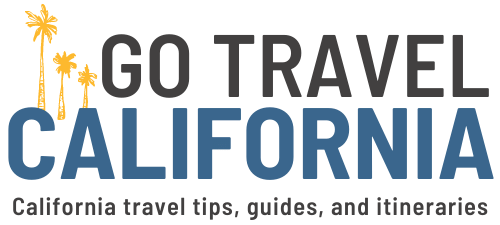If you’ve been to Big Bear Lake already, you know that it’s a beautiful and beloved destination for residents of California and beyond. It’s an all-season resort area that draws in visitors for many different reasons, including skiing, and other winter sports, as well as all manner of summer activities.
Maybe you’ve been going there your whole life for skiing and hiking, or maybe you haven’t been there at all. Either way, it’s fascinating to learn a little bit about the town’s history and peculiarities. I bet there are some Big Bear Lake facts you don’t know, even if you think you know it like the back of your hand.

Keep reading to acquaint yourself with the area and learn 10 interesting facts about Big Bear Lake. We also have other interesting guides for Big Bear Lake, such as the top 12 Big Bear Lake Activities to participate in and an overview of the popular campgrounds in the area.
Looking for more info on Big Bear? Check out our travel guide to Big Bear, or learn about the top hiking in Big Bear and the top 12 things to do in Big Bear.
Big Bear Lake Facts
1. Big Bear Lake is a man-made lake.
It doesn’t even cross most visitors’ minds to question the lake’s origin, despite driving right by the dam to get into town. Because of this, it is a relatively little known fact that Big Bear Lake is man-made.
Plans were made in 1882 to construct a dam that would create a water supply for the citrus farms in Redlands, CA. After 26 months of planning, the dam came to fruition and became active. Later, in 1910, reconstruction nearly tripled the amount of water that the reservoir could hold. Finally, in 1924, a road was constructed over the dam, connecting The Village to the Rim of the World Highway.
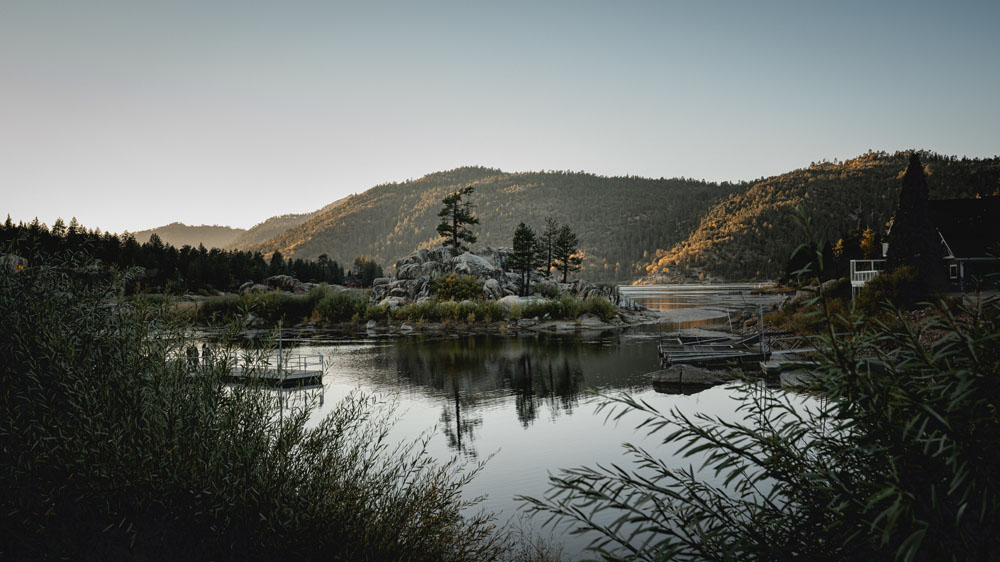
2. Big Bear Lake is a popular place for athletes to train.
Due to its high elevation at over 7,000 feet, Big Bear is known today as a great training spot for athletes from high school to professional level throughout Southern California.
Today, you can find athletes of all sports and all levels using the thin air for the competitive advantage it gives them. This reputation began in the 1990s when famous boxers like Oscar de la Hoya, Mike Tyson, and Fernando Vargas would travel to the mountain town for altitude training. Many professional bicyclists at the time also used Big Bear as their training grounds.
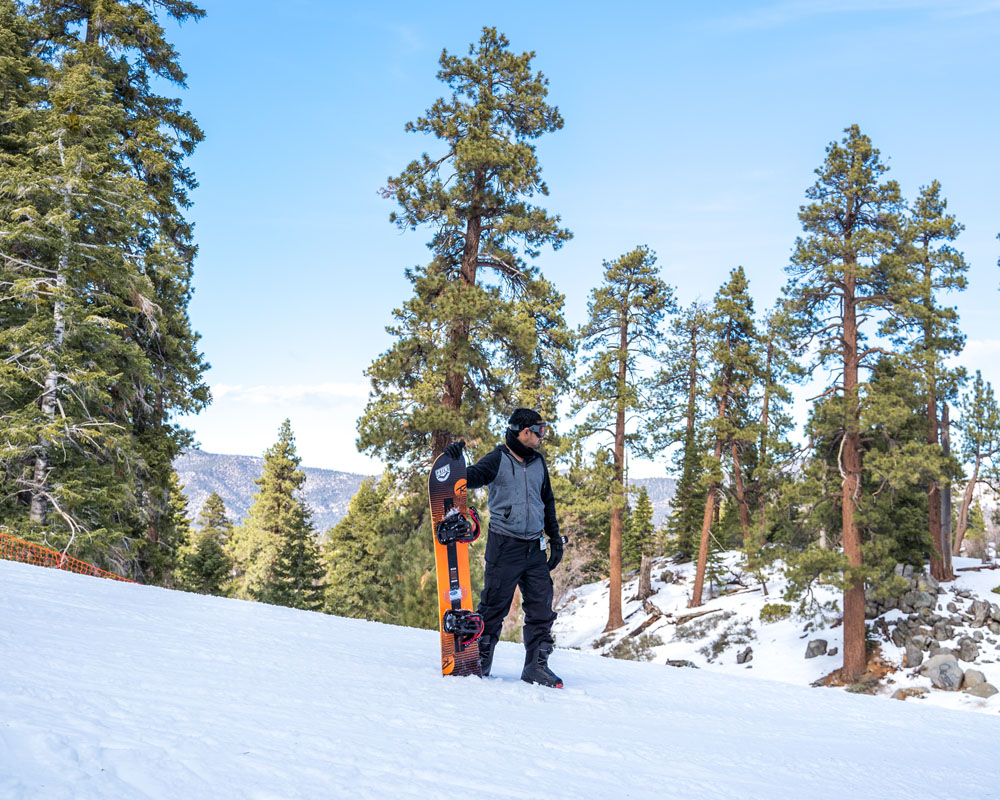
3. Snow machines keep the resorts in business.
Not all winter seasons in Big Bear see the amount of natural snowfall hoped for by lovers of snow sports. Designed to combat these dry seasons, Big Bear now has a collection of artificial snow machines used by the resorts to keep enough snow on the slopes for visitors to enjoy skiing, snowboarding, and tubing.
Big Bear has invested over 12 million dollars into snowmaking systems that help to make slopes even better in snowy years and usable in years with light snow. These machines allow a more extended, consistent season on the slopes, maximizing the town’s tourism potential. This is incredibly important in a city like Big Bear, where the economy relies heavily upon its visitors.
4. Big Bear Lake was inhabited by the indigenous Serrano people for over 2,000 years before Benjamin Wilson arrived.
The Serrano people were indigenous people who inhabited the Big Bear area for thousands of years. They refer to themselves as the Yuhaviatam, or “people of the pines,” and spent their winters in the warmer valley and their summers in the cooler mountains.
Benjamin Wilson and his party of settlers attacked and killed a large portion of the Serrano tribe throughout a 32-day attack in 1845 as retribution for the raids that the tribe had been conducting on ranches in Riverside. Tribal leader, Santos Manuel, eventually gathered the survivors and led them to safety in the valleys below.
Still today, the Serrano people exist and work to preserve the culture and identities that settlers tried to strip them of.
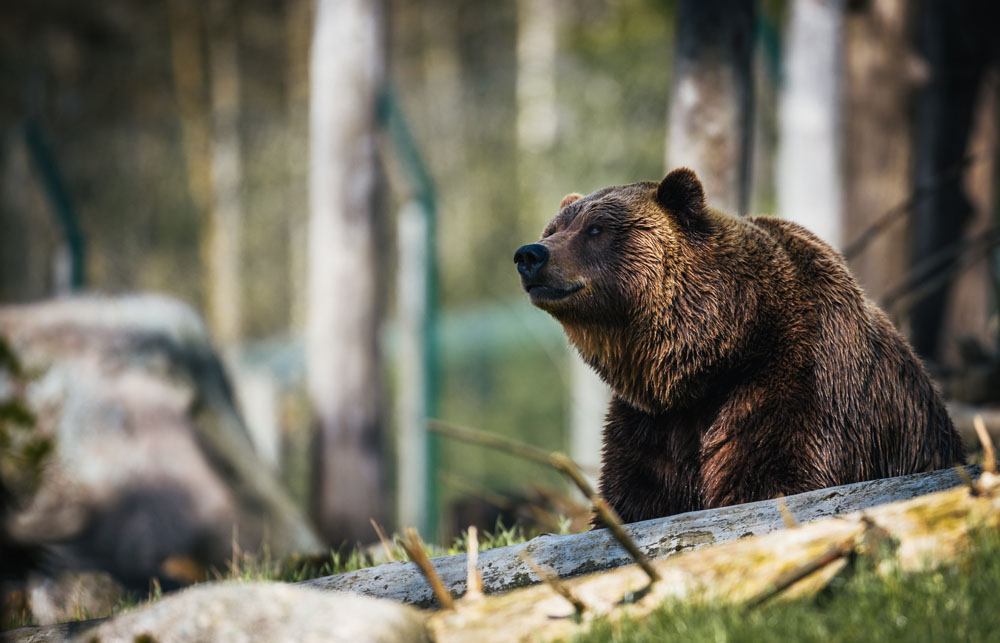
» Looking for more inspiration along the route? Check out all our guides to San Francisco, Los Angeles, Santa Barbara and San Diego. Find the best beaches in Monterey, waterfalls in Southern California, and national parks.
5. Grizzly bears used to inhabit Big Bear Lake.
Grizzly bears used to populate Big Bear. When Benjamin Wilson and the party who accompanied him made their trek in the mountains looking for the Serrano people, they found and began hunting Grizzly bears throughout the area. This is also how Big Bear Lake took on its current name.
All the Grizzlys were killed off rather rapidly, and none have been spotted since 1908. Black bears have inhabited the region since humans introduced them in 1933 to fill the gap left in the ecosystem when their predecessors were killed off. Black bears are less dangerous and smaller than Grizzly bears and are often very used to coexisting with humans.
Strict laws are in place that work to prevent humans from interacting too closely with these black bears. Once the bears become too comfortable around residents, they often find themselves in trouble and are even euthanized for breaking into homes and cars in search of food.
6. Big Bear Lake has had a significant role in Hollywood’s film industry.
Big Bear has played a huge role throughout the infancy and growth of the Hollywood film industry. The first motion picture was filmed in Big Bear Valley in 1911. Props and set pieces were even taken up the mountain in wagons.
Its proximity to Los Angeles, yet with a forest environment, made it the perfect location for many motion pictures. Many more movies were filmed in Big Bear. Some of these include the classic movies Old Yeller, War Games, Better Off Dead, and North to Alaska, among many others.
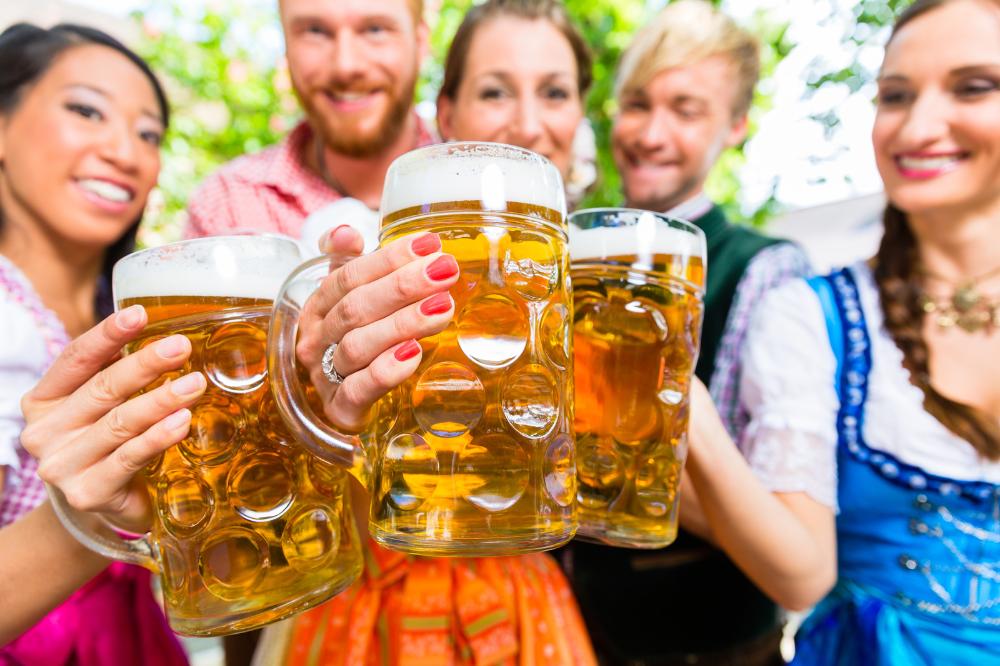
7. Big Bear Lake boasts the highest beer garden in the US.
One of Big Bear Lake’s most famous and most attended annual events is the Oktoberfest celebration. This tradition has been taking place since 1970 and continues to grow. When Oktoberfest takes place, Big Bear also becomes a record holder for sporting the highest beer garden, called The High-Altitude Beer Garden, by elevation in the United States.
8. Big Bear offers over 150 miles of mountain biking trails.
Big Bear Lake is a mecca for lovers of mountain biking. Its mountainous terrain and a seemingly limitless selection of trails make it an ideal place for anyone who loves mountain biking, from beginners to experts.
Some popular trails in the area include Skyline Trail, Grout Bay Trail, and Cougar Crest Trail. Another option, when there is no snow, is to ride the ski lift up the slopes with your bike and ride downhill on the tricky and steep trails.
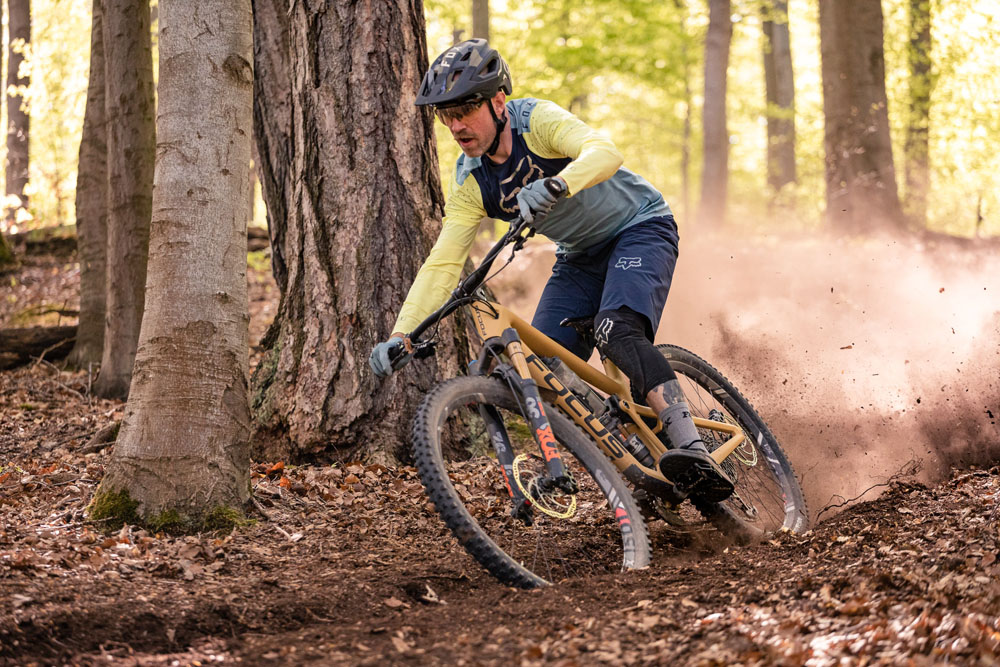
9. The population of Big Bear Lake ranges from just over 5,000 people to over 100,000 people.
One amazing thing about Big Bear Lake is how drastically its population can change depending on the time of year and tourism. In recent years, the population has been known to swing from about 5,000 to about 100,000 people.
The effects of this can be seen at specific times like the Fourth of July, which is the town’s busiest holiday by far. Thousands of tourists flock in to enjoy rental cabins, the lake, and its beaches while the weather is warm.
10. The Pacific Crest Trail goes through Big Bear.
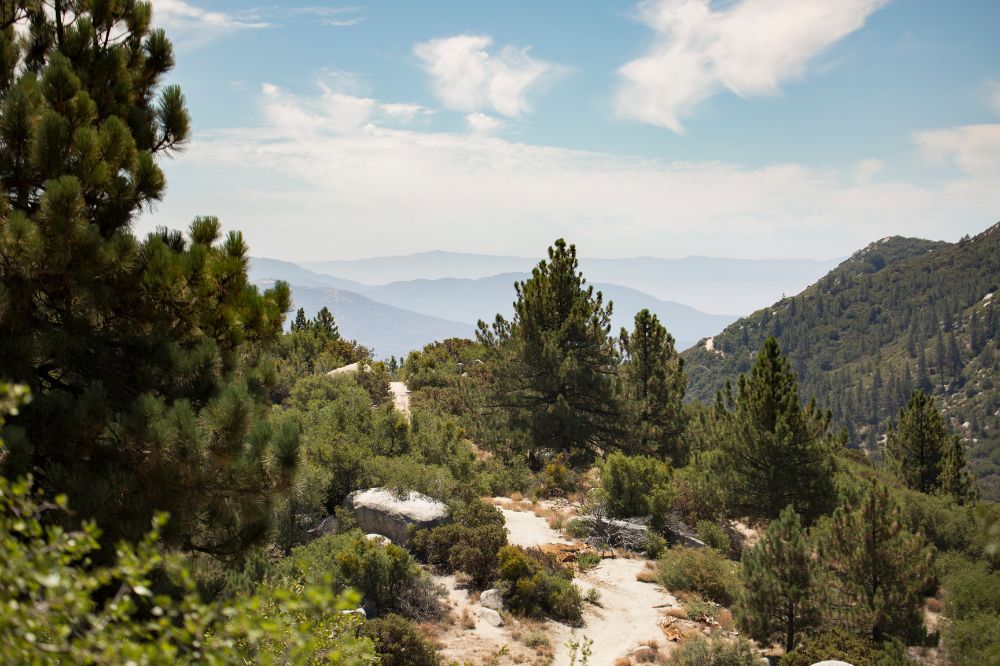
My favorite interesting fact about Big Bear is that it holds about 39 miles of the Pacific Crest Trail. The PCT is a famous international trail that stretches 2,650 miles from Canada to Mexico. Thousands of people attempt the trek every year. Most do not complete the entire thing.
Hikers enter Big Bear Valley at Onyx Summit and then take in mountain and desert views from above as they continue around Baldwin Lake and through Holcomb Valley.
Big Bear Lake is a popular stop for many of these travelers, where they will stock back up on supplies and enjoy the town for a few days. It is common for hikers to stay in a hotel room or hostel for a day or two in order to get some good rest and take a hot shower.
Like this article? Save it on Pinterest so you can find it again.
FOLLOW US on Pinterest and Facebook for more California travel inspiration and tips!
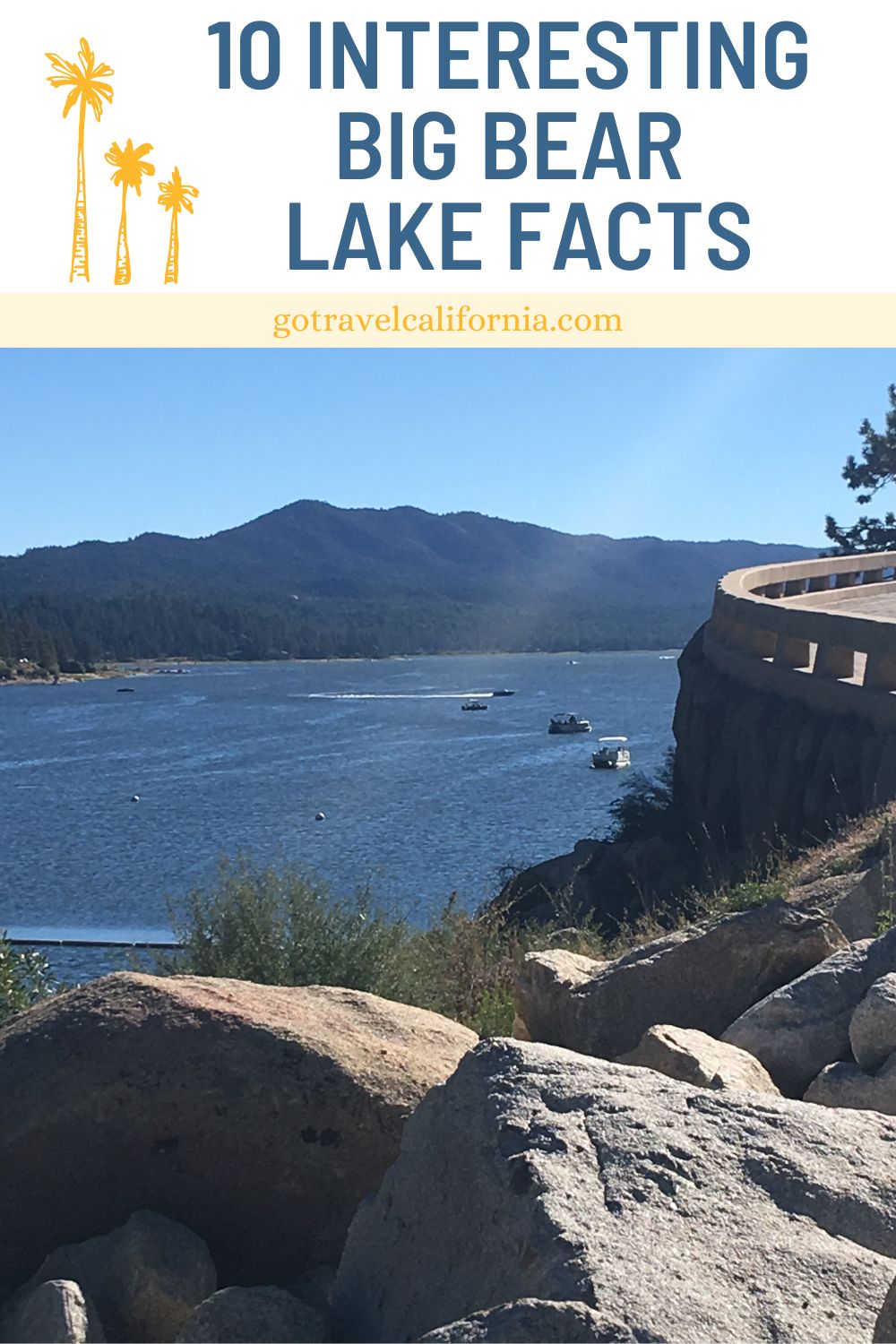

Laura is a travel fanatic who loves seeing and doing new things. She lives in Ventura, CA, and spends a lot of time exploring California’s cities, beaches, and national parks.
